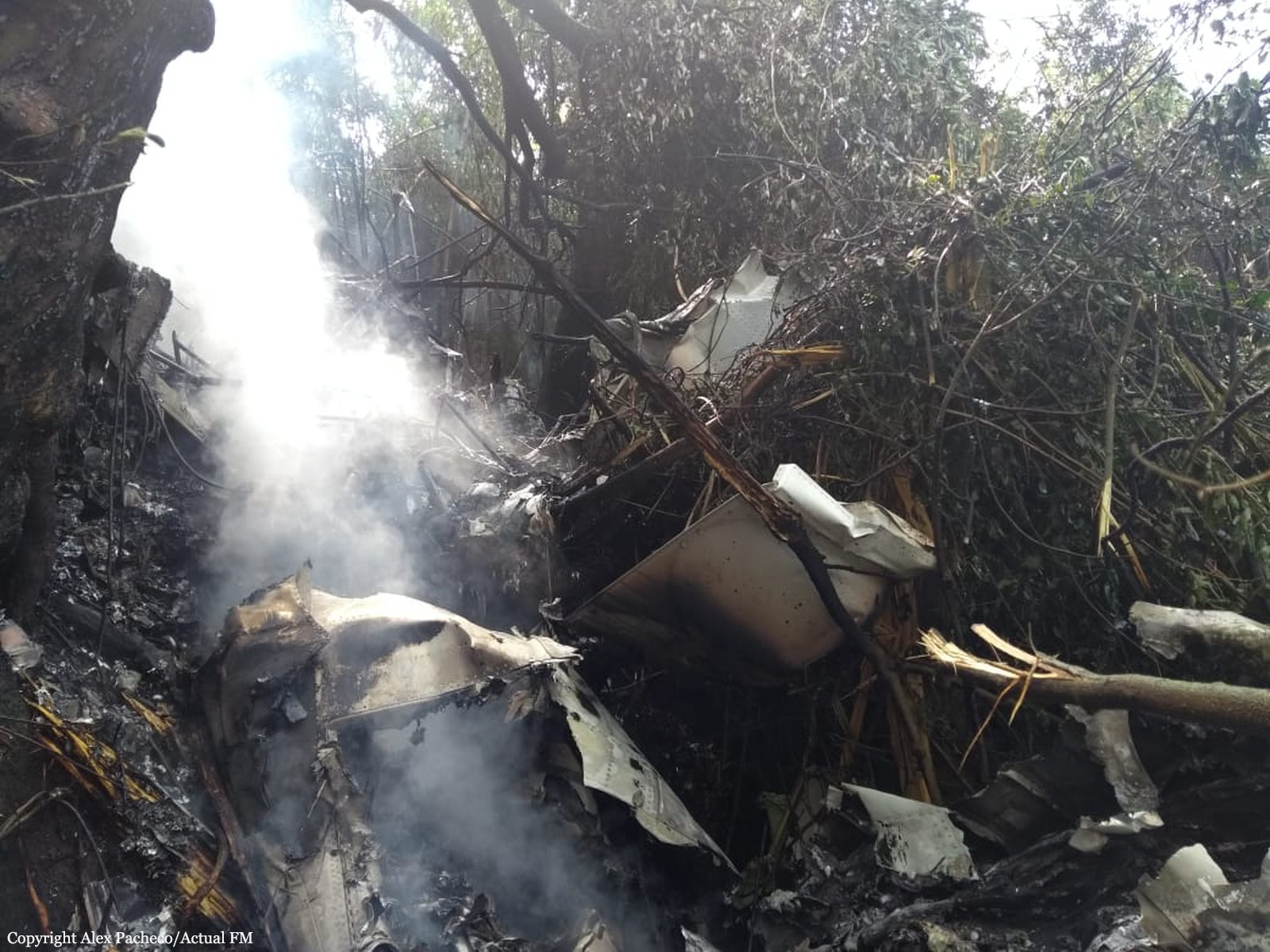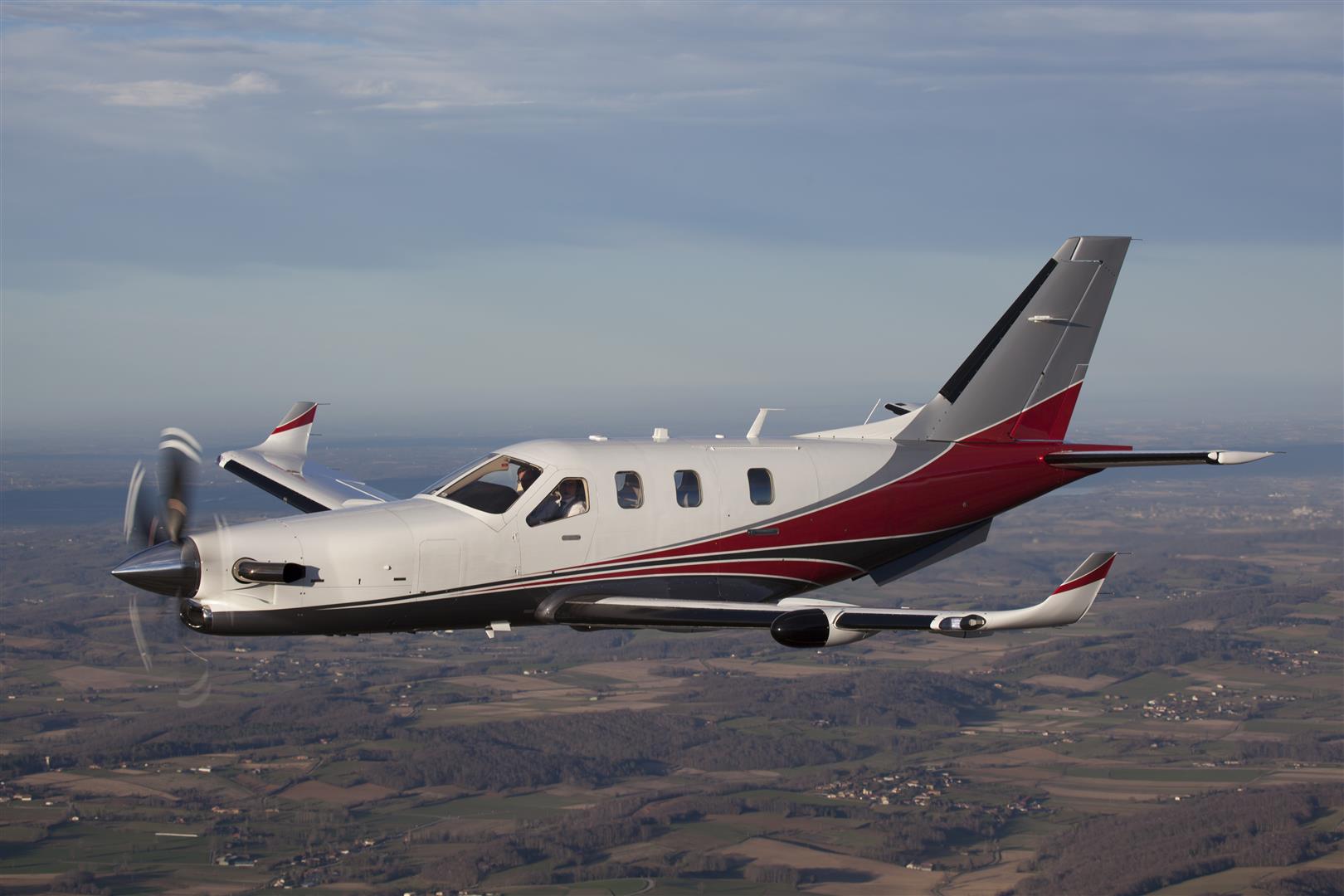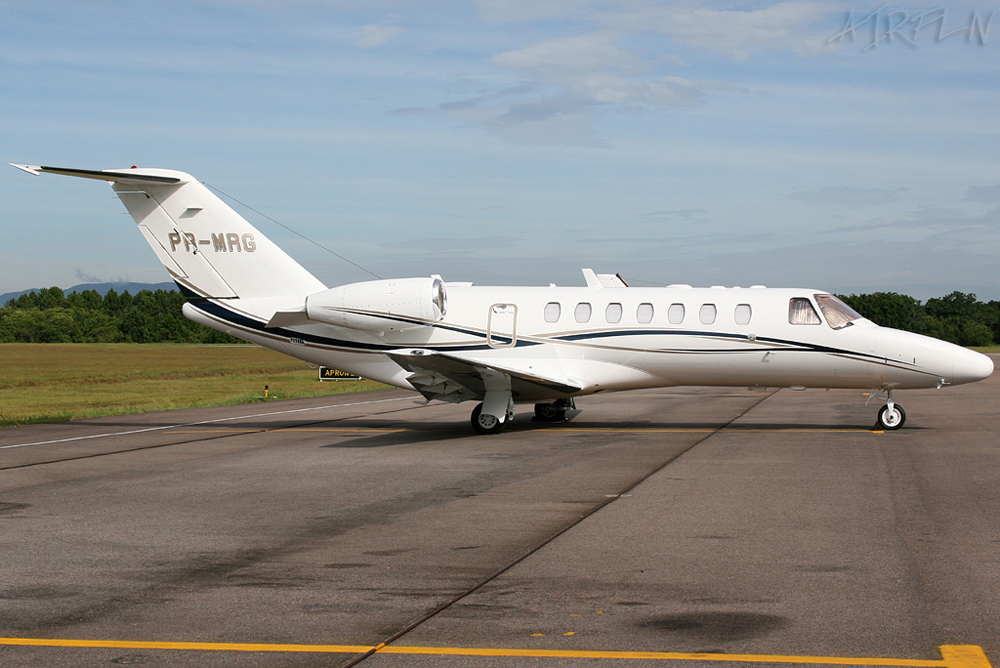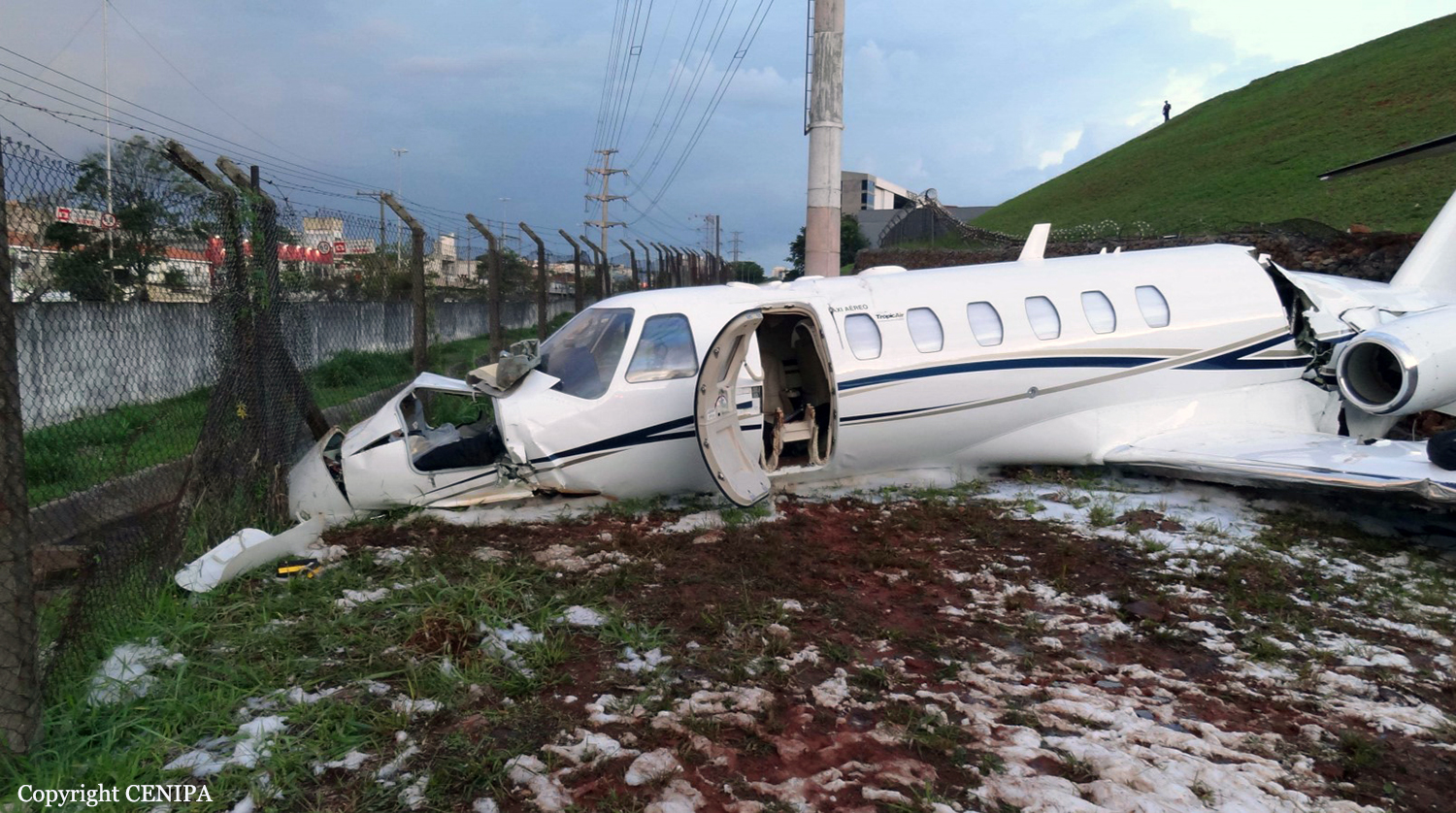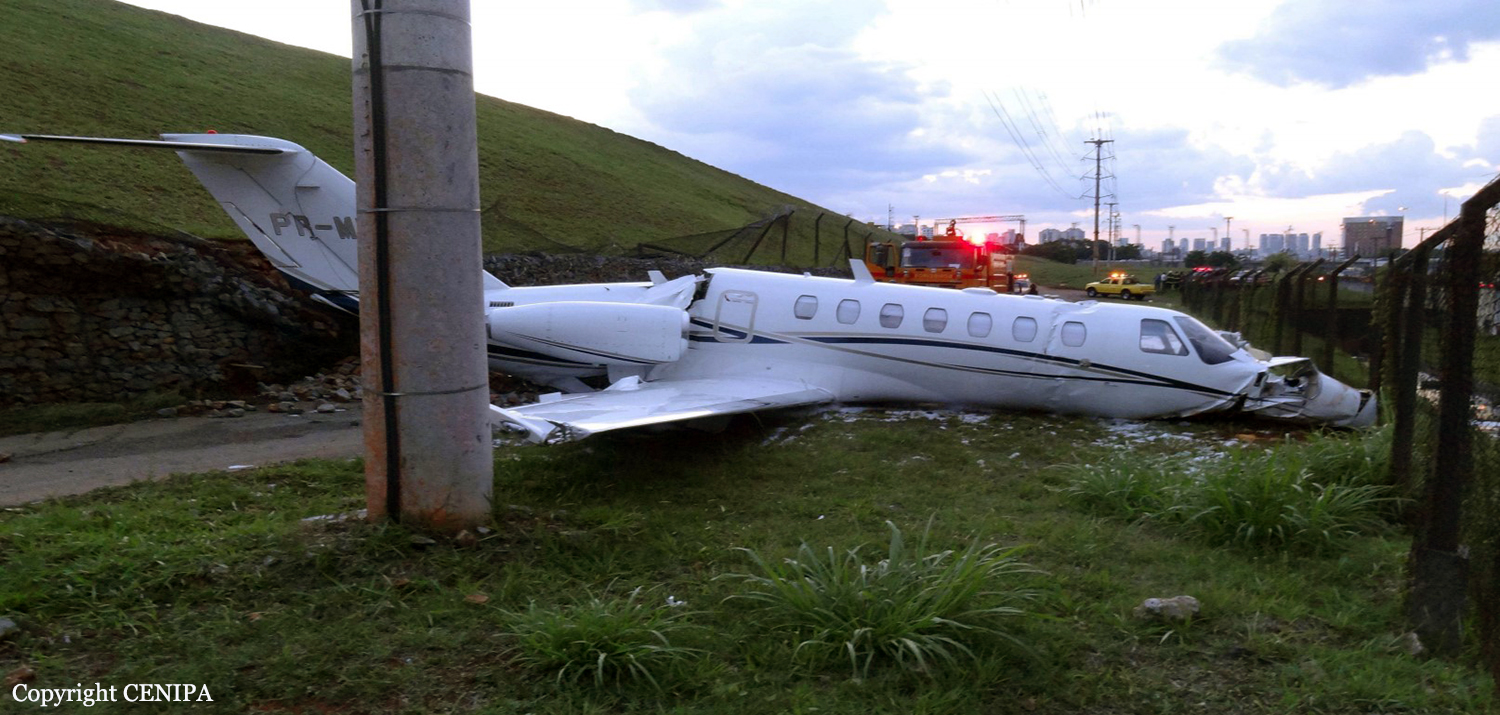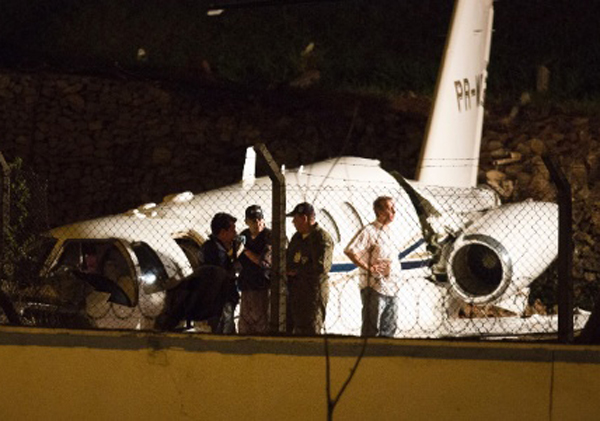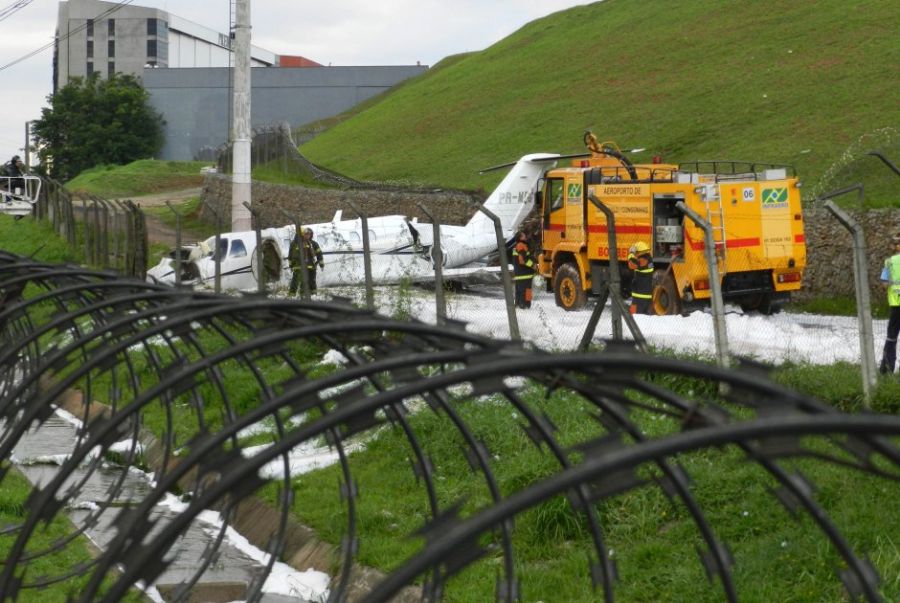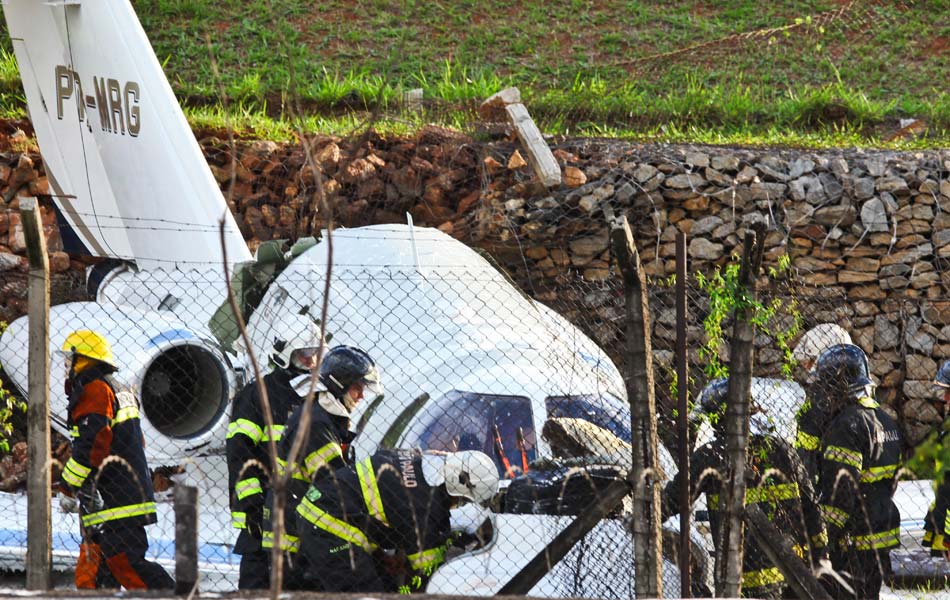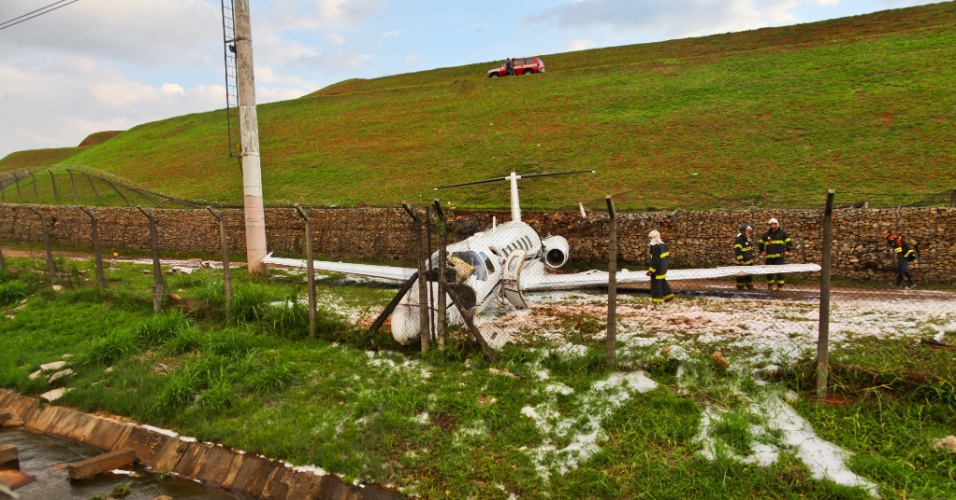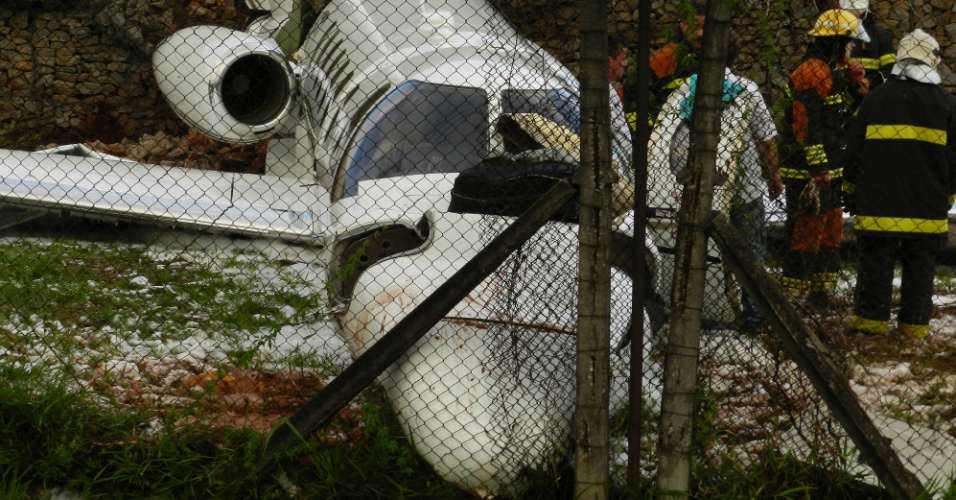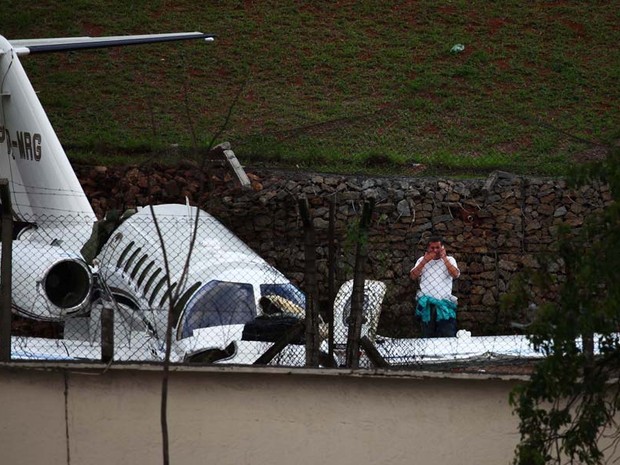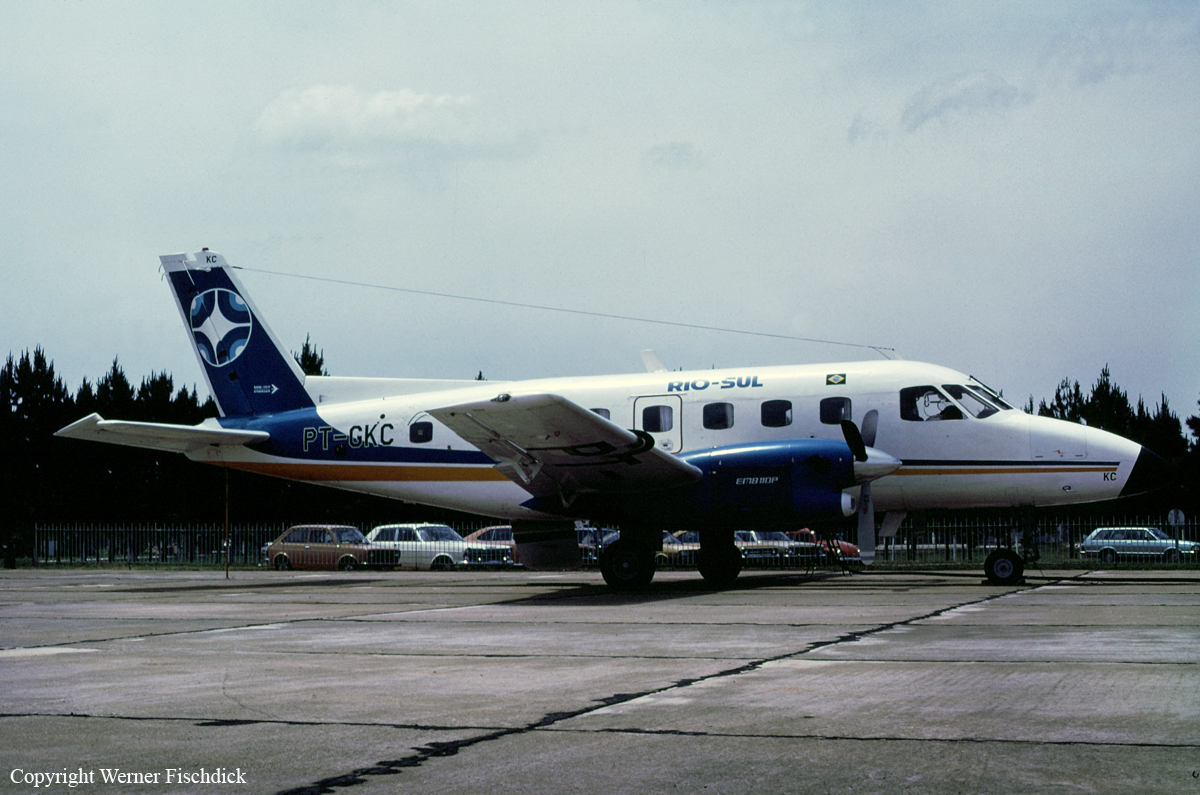Crash of an Embraer EMB-121A1 Xingu II in Santa Branca: 5 killed
Date & Time:
Oct 23, 2024 at 1839 LT
Registration:
PT-MBU
Survivors:
No
Schedule:
Florianópolis – Belo Horizonte – Salvador
MSN:
121-052
YOM:
1982
Crew on board:
2
Crew fatalities:
Pax on board:
3
Pax fatalities:
Other fatalities:
Total fatalities:
5
Circumstances:
The twin engine airplane departed Florianópolis-Hercilio Luz Airport at 1651LT on an ambulance flight to Salvador, carrying three passengers (a doctor, a nurse and a mechanic) and two pilots. A technical stop for refueling was scheduled in Belo Horizonte. While flying in cruising altitude in reduced visibility (almost night and heavy rain falls), the airplane entered an uncontrolled descent and crashed in a wooded area located in Santa Branca. The airplane disintegrated on impact and all five occupants, all employees of the company, were killed.






